February 2023
J. J. Keller™ SAFEGEAR™ Protect Newsletter - 5 PPE Compliance Myths Busted!
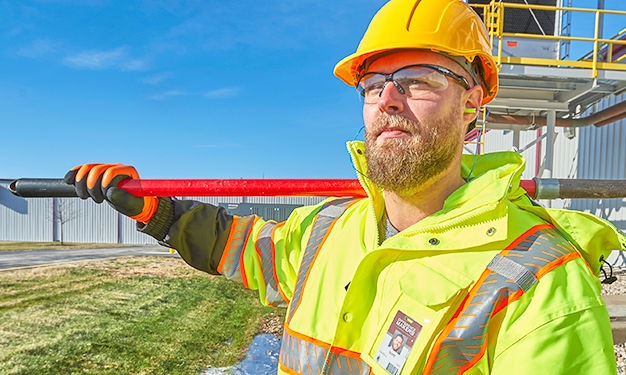
The year was 1994. Bill Clinton was president. Disney’s The Lion King debuted in theaters. Amazon was founded by Jeff Bezos. And OSHA’s Personal Protective Equipment Standard (general industry) was published! Though the PPE standard is nothing new — it’s been around for nearly 30 years — misbeliefs about its requirements still exist. Here are five myths regarding some common PPE compliance issues.
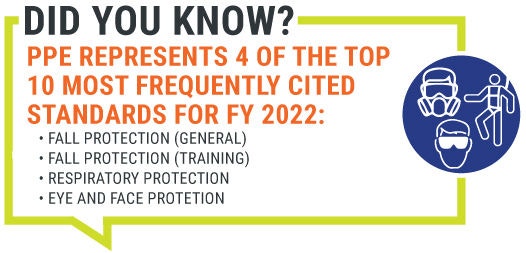
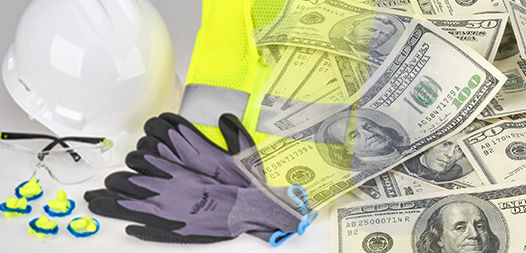
Myth #1: Employers ALWAYS need to pay for their workers’ PPE.
Fact: Generally – yes, they do need to pay for PPE. There are several exceptions, though. The first exception addresses non-specialty prescription safety eyewear and non-specialty safety-toe protective footwear. The second exception relates to metatarsal protection. A third exception is for logging boots. And the fourth exception relates to everyday clothing. Clearly, protecting the eyes is a critical safety measure in any work environment — hot or cold!
Employers also don’t need to pay for PPE that’s intentionally lost or damaged by employees per OSHA 1910.132 (h)(5).
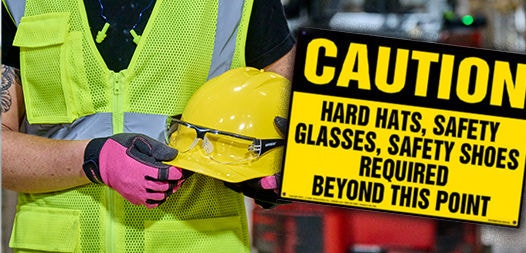
Myth #2: Workers need to assess their work areas and select the proper PPE to use.
Fact: Employers are responsible for surveying the workplace to determine if any hazards are present that would necessitate the use of PPE. Having gathered and organized data on a workplace, an estimate of the potential for injuries should be made and what kinds of PPE will be necessary to protect workers.
Including workers during the evaluation is an easy way to ensure proper fitting PPE is chosen that workers will use! OSHA 1910.132 (d)(1)(ii) requires that employers select PPE for workers that fit properly.
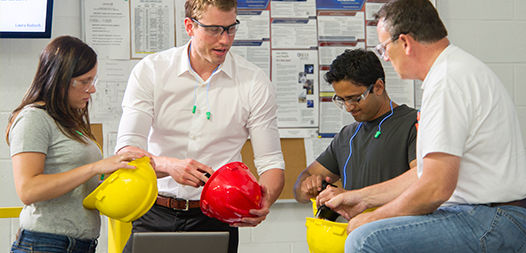
Myth #3: Employers don’t always need to train workers how to use PPE – especially when it should be common sense how to use it.
Fact: Workers have to know how to use PPE. The training requirements in OSHA’s general rule on PPE apply to protective clothing along with:
- Eye and face protection,
- Head protection,
- Foot protection, and
- Hand protection.
One of the unique aspects of the training requirements and often misunderstood, is that before employees can be allowed to do work requiring PPE, they have to demonstrate an understanding of the training and the ability to use the equipment properly.
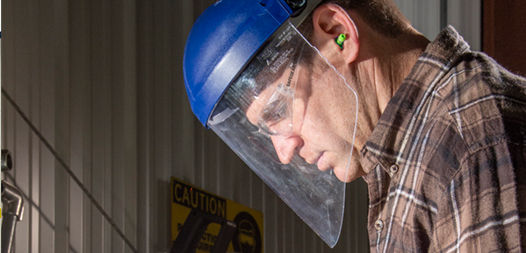
Myth #4: A face shield can be used instead of safety glasses or goggles.
Fact: Not so. Face shields are secondary protection; they can only be used with safety glasses or goggles when eye hazards are present.
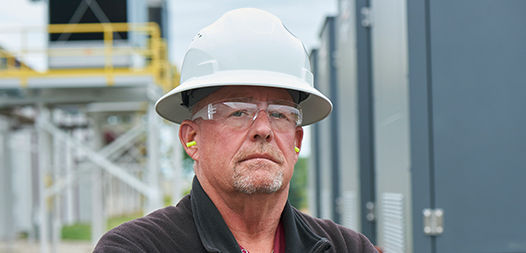
Myth #5: There is a specific life span for hard hats.
Fact: OSHA does not designate a life span or shelf life for hard hats. They do expect a daily inspection of the equipment with defective equipment taken out of service. However, manufacturers do establish an expiration date for their hard hats. Ensure workers replace their hard hats at the manufacturer’s suggested replacement intervals.
There’s no doubt about it —PPE requirements can be confusing. You can rely on J. J. Keller’s expertise and SAFEGEAR PPE to help you stay compliant!